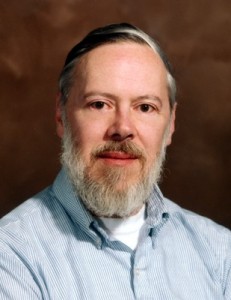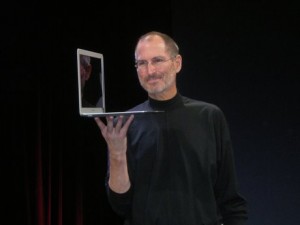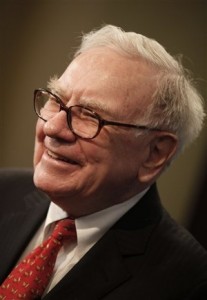This is part of a series dedicated to what we regard as “First Principles.” No set of principles, in our view, is more important than the notion that distributed networks are more robust than centralized networks, and that this applies to a military command-and-control network no more or less than it applies to a suburban neighborhood, rural community, or a city – any social network. Thanks to the RAND Corporation, much of the most important early work in network theory, written by the late Paul Baran, is readily available online for free. Math-averse readers should have no worries, Baran (and the uncredited authors at RAND) won’t require you to have any arithmetic, much less mathematical, background. Before you read the following excerpt introducing the RAND series, we’d like readers to think of themselves, their neighbors, and family and friends both near and far as members of, or “nodes” on, a social network.
In 1962, a nuclear confrontation seemed imminent. The United States (US) and the Union of Soviet Socialist Republics (USSR) were embroiled in the Cuban missile crisis. Both the US and the USSR were in the process of building hair-trigger nuclear ballistic missile systems. Each country pondered post-nuclear attack scenarios.
US authorities considered ways to communicate in the aftermath of a nuclear attack. How could any sort of “command and control network” survive? Paul Baran, a researcher at RAND, offered a solution: design a more robust communications network using “redundancy” and “digital” technology.
At the time, naysayers dismissed Baran’s idea as unfeasible. But working with colleagues at RAND, Baran persisted. This effort would eventually become the foundation for the World Wide Web.
centralized switching facilities
centralized
distributed switching facilities
distributed
Baran was born in Poland in 1926. In 1928, his family moved to the US. He attended Drexel University where he earned a degree in electrical engineering. Afterward, Baran married and moved to Los Angeles where he worked for the Hughes Aircraft Company. Taking night classes at UCLA, he earned an engineering master’s degree in 1959–the same year he joined RAND.
At that time, RAND focused mostly on Cold War-related military issues. A looming concern was that neither the long-distance telephone plant, nor the basic military command and control network would survive a nuclear attack. Although most of the links would be undamaged, the centralized switching facilities would be destroyed by enemy weapons. Consequently, Baran conceived a system that had no centralized switches and could operate even if many of its links and switching nodes had been destroyed.
Baran envisioned a network of unmanned nodes that would act as switches, routing information from one node to another to their final destinations. The nodes would use a scheme Baran called “hot-potato routing” or distributed communications.
Baran also developed the concept of dividing information into “message blocks” before sending them out across the network. Each block would be sent separately and rejoined into a whole when they were received at their destination. A British man named Donald Davies independently devised a very similar system, but he called the message blocks “packets,” a term that was eventually adopted instead of Baran’s message blocks.
This method of “packet switching” is a rapid store-and-forward design. When a node receives a packet it stores it, determines the best route to its destination, and sends it to the next node on that path. If there was a problem with a node (or if it had been destroyed) packets would simply be routed around it.
In a recent interview with Wired magazine, Baran discussed his vision of how the new technology might be used. “Around December 1966, I presented a paper at the American Marketing Association called ‘Marketing in the Year 2000.’ I described push-and-pull communications and how we’re going to do our shopping via a television set and a virtual department store. If you want to buy a drill, you click on Hardware and that shows Tools and you click on that and go deeper.”
In 1969, this “distributed” concept was given its first large-scale test, with the first node installed at UCLA and the seventh node at RAND in Santa Monica. Funded by the Advanced Research Projects Agency and called ARPANET, it was intended for scientists and researchers who wanted to share one another’s computers remotely. Within two years, however, the network’s users had turned it into something unforeseen: a high-speed, electronic post office for exchanging everything from technical to personal information.
In 1983, the rapidly expanding network broke off from its military part, which became MILNET. The remainder became what was called ARPANET. In 1989, the ARPANET moniker was retired in favor the “Internet,” which had also been described as the “information superhighway.” These days, the Internet continues to expand, stringing together the World Wide Web, an all-encompassing, affordable, universal multimedia communications network (see related RAND Review article).
Today, RAND continues to conduct research in this area. CEO and President of RAND Jim Thomson recently recalled Baran’s contributions. “Our world is a better place for the technologies Paul Baran has invented and developed, and also because of his consistent concern with appropriate public policies for their use.”










